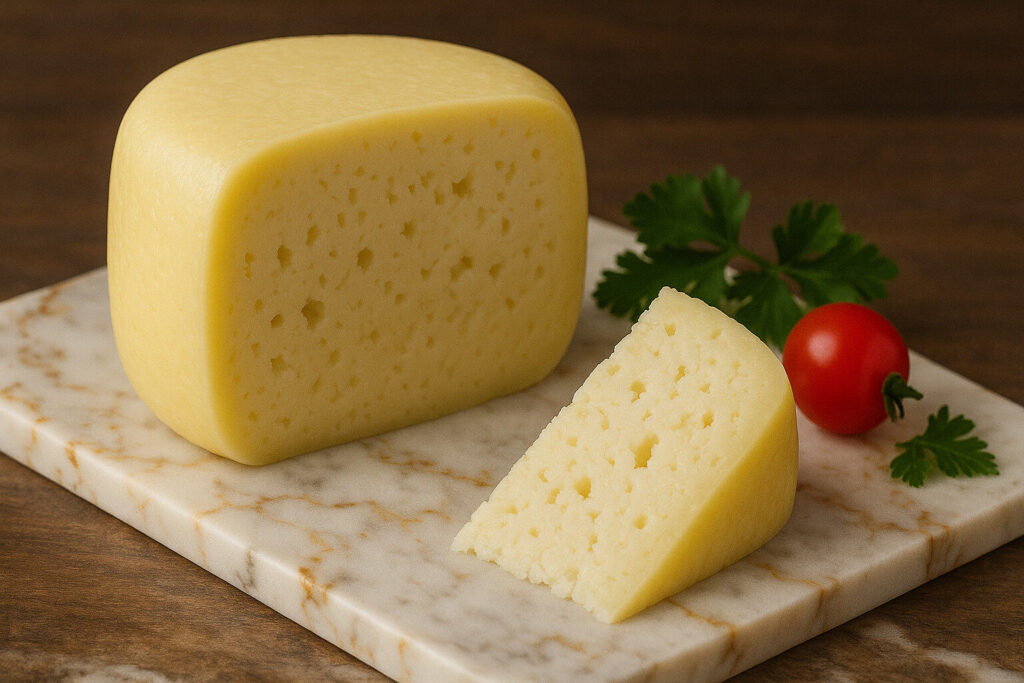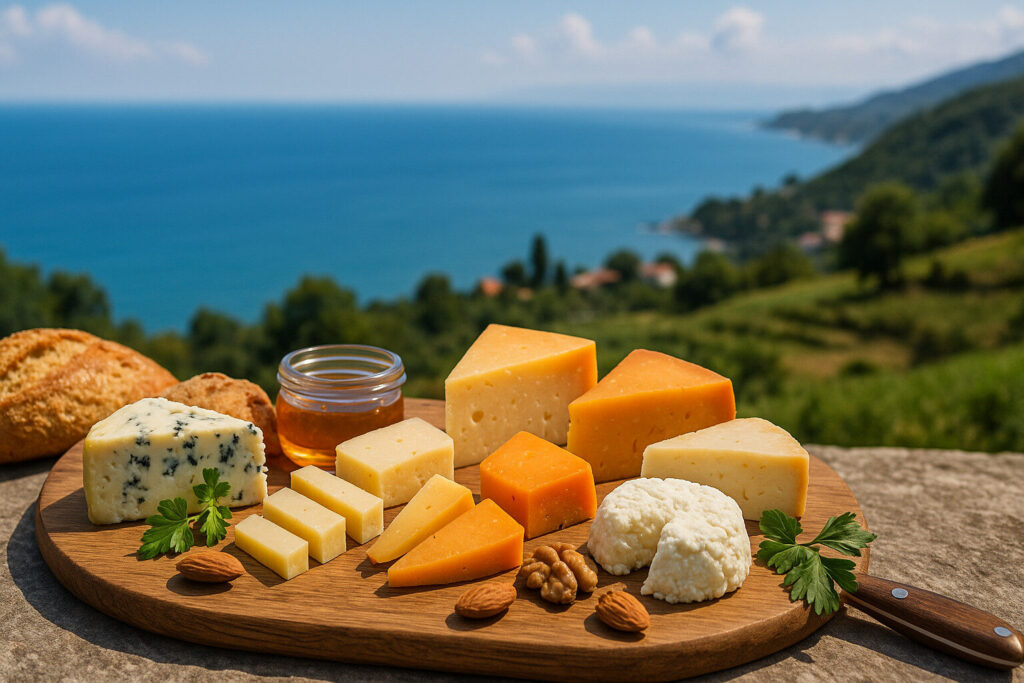Cheese Of Kazakhstan
Kazakhstan's Cheese Definition and Scope
Kazakhstan’s cheese production reflects its nomadic heritage and modern agricultural development. Cheeses from this region include traditional fermented dairy products like kurt and qymyz-derived cheeses alongside European-style varieties. The scope encompasses both artisanal methods using local livestock and industrial production for domestic and export markets.
Traditional Kazakh cheeses primarily utilize milk from horses, camels, sheep, and cattle native to the steppes. These products serve as important protein sources in the national diet while adapting to contemporary food safety standards. The cheese taxonomy includes both fresh fermented types and aged varieties influenced by Russian and Central Asian traditions.
Cheese Production Techniques in Kazakhstan
Traditional Kazakh cheese production involves fermentation and drying methods developed for nomadic lifestyles. Kurt cheese is made by fermenting yogurt, shaping it into balls, and sun-drying for preservation. Industrial facilities employ pasteurization and modern coagulation techniques while maintaining some traditional recipes.
Many Kazakh cheeses undergo brining or smoking processes that enhance preservation in the continental climate. Production scales range from household-level preparation using ancestral methods to fully automated dairy plants. The techniques balance food safety requirements with maintaining characteristic textures and flavors of regional specialties.
Sensory Profile of Kazakh Cheeses
Kazakh traditional cheeses typically present pronounced salty and tangy flavor profiles with dense, crumbly textures. Kurt delivers intense saltiness and concentrated dairy notes with rock-hard consistency when fully dried. Fresh varieties like suzbe maintain milder acidity with soft, spreadable characteristics.
Industrial Kazakh cheeses often exhibit milder flavor profiles with smoother textures suited to mass consumption. The sensory spectrum ranges from sharply salty fermented cheeses to bland processed varieties for sandwiches. Texture variations include rubbery semi-hard cheeses to brittle dried forms that can be reconstituted in water.
Culinary Uses of Kazakh Cheeses
Traditional Kazakh cheeses function both as standalone snacks and recipe components in national cuisine. Dried kurt serves as portable nutrition for travelers and garnishes for meat dishes. Fresh cheeses accompany flatbreads and incorporate into dough for baked goods.
Modern Kazakh cheese applications include melting into beshbarmak pasta dishes and topping traditional pies. Processed cheeses find use in urban sandwiches and fast-food items. Many cheeses pair with kumis fermented mare’s milk or serve alongside tea in hospitality traditions.
Regional Cheese Specialties of Kazakhstan
Southern Kazakhstan produces distinctive sheep milk cheeses influenced by Uzbek traditions. The Almaty region specializes in European-style cheeses using mountain pasture dairy. Eastern areas near the Chinese border incorporate dairy processing techniques from multiple cultural influences.
Nomadic communities in central steppes maintain production of air-dried cheeses with extended shelf life. Western Kazakhstan near the Caspian Sea produces brined cheeses similar to Russian varieties. Each region’s cheeses reflect local livestock breeds, climate conditions, and cultural exchanges along historical trade routes.




